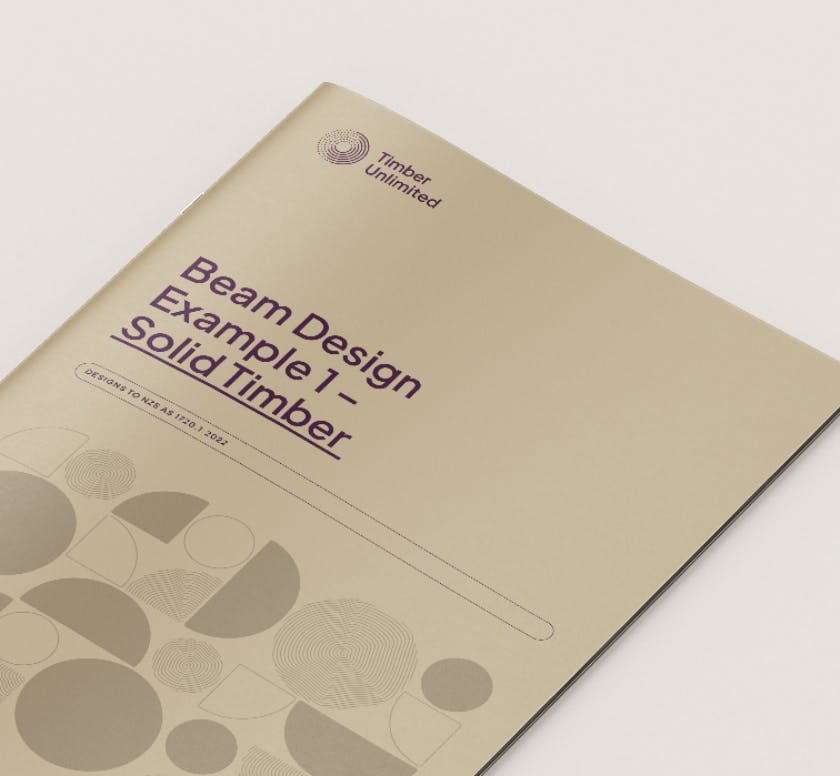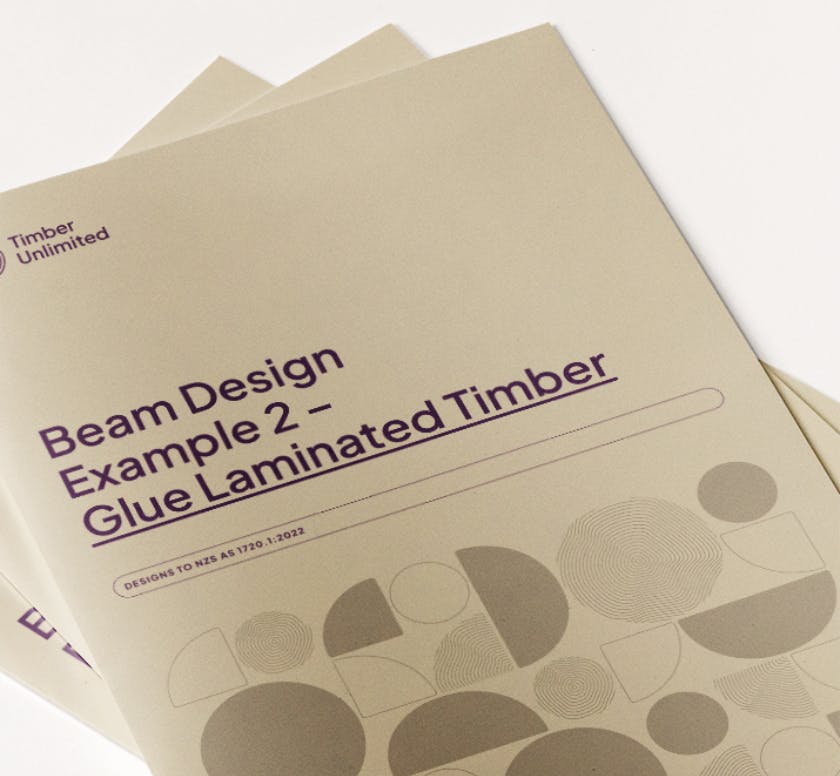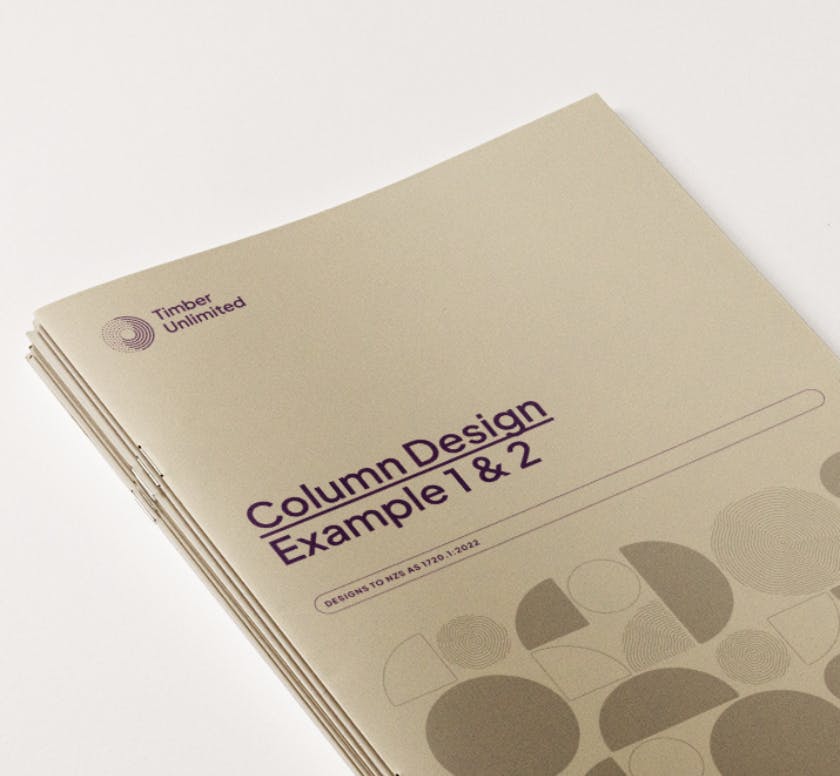NZS3603:1993 is the New Zealand Timber Structures Standard, which as the name implies was introduced in 1993 with four amendments, with the last one released in 2005. This means that it was well overdue for revision. NZ AS1720.1:2022 Timber Structures Part 1: Design Methods is the replacement standard, and like its predecessor provides minimum requirements for designing timber structures outside the scope of NZS3604:2011.
Below are design examples for designing timber beams and columns to NZ AS 1720.1:2022.
Australia and New Zealand have a policy of working towards joint standards, a process known as harmonisation. An example of a joint standard from this process is AS/NZS1170 Structural Design Actions. The timber standard NZ AS1720.1:2022 takes the Australian standard AS1720.1:2010 in its entirety and unmodified and adds New Zealand specific clauses – Appendix ZZ.
The design methodology behind the new and old standards is very similar. Designers will note small changes such as some factors have different symbols and the value of some factors such as the capacity factors (Φ) and duration of load factors (k1) have become more complex and refined.
However, major changes have been made to the design of connections. The European Yield Model taking advantage of recent work at the University of Auckland has been introduced. This is called the Detailed Design Method and allows the designer to predict the failure mode of a connection, enabling more accurate design and the design of potential ductile elements. Alternatively, the designer may be able to use a more traditional approach to connection design known as the Simplified Method.
Other changes in the new standard include:
- additional mechanical properties provided for relevant New Zealand timber species to facilitate connection and member design
- the introduction of LVL (Laminated Veneer Lumber)
- increased guidance on the design of structural timber diaphragms
- improved methods for designing timber buildings to resist earthquake loading.
Original examples produced by David Reid on behalf of TDS based on NZS 3603 and have been updated to reflect the new standard.



